The cultivation of Christmas trees
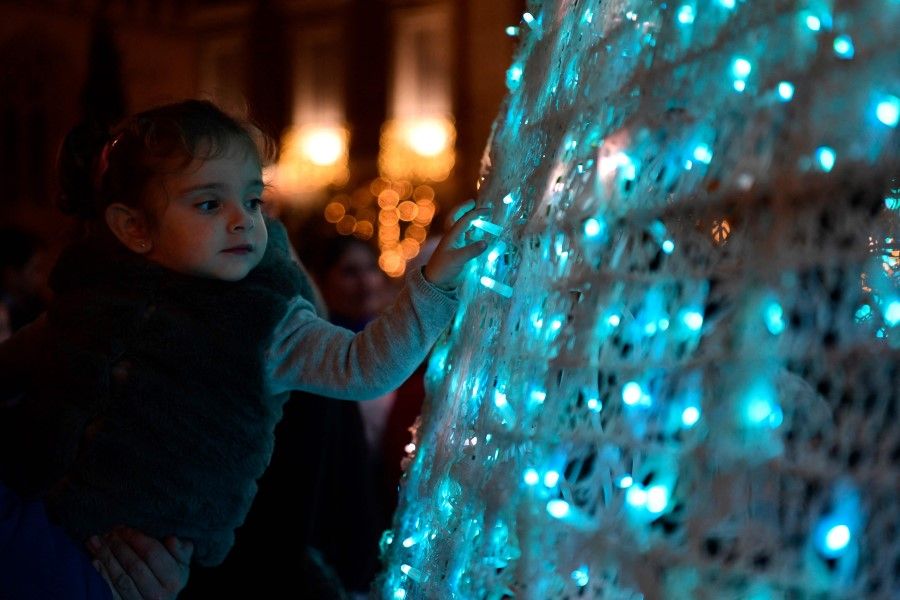
I have previously written of how, in the buildup to Christmas, I went in search of various Christmas breads from all over the world. Europe has its different unique seasonal breads. One of the more common ones found in Singapore is panettone from northern Italy, a fluffy sweet bread with candied dried fruits. The traditional way of making it involves hanging it upside down for a while to make sure it doesn't collapse, like chiffon cakes.
The French galette des rois (lit. cake of kings, after the three Magi of the Bible) is also unique - the outside is crisp, and hidden in the almond paste filling is a porcelain or plastic figurine, and whoever gets the figurine gets good luck in the new year.
There are signs for every season, and these may be different for each person - for me, it is the smell of bread.
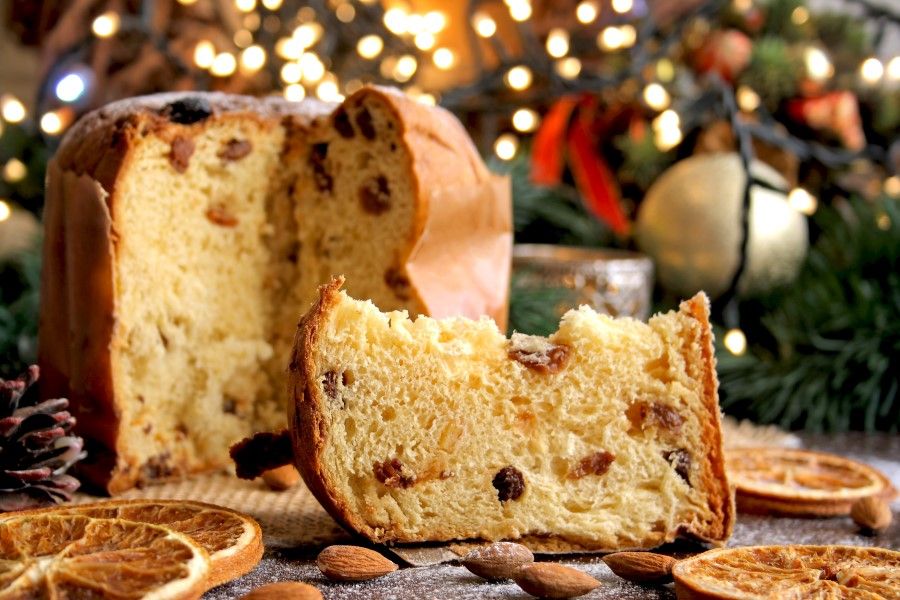
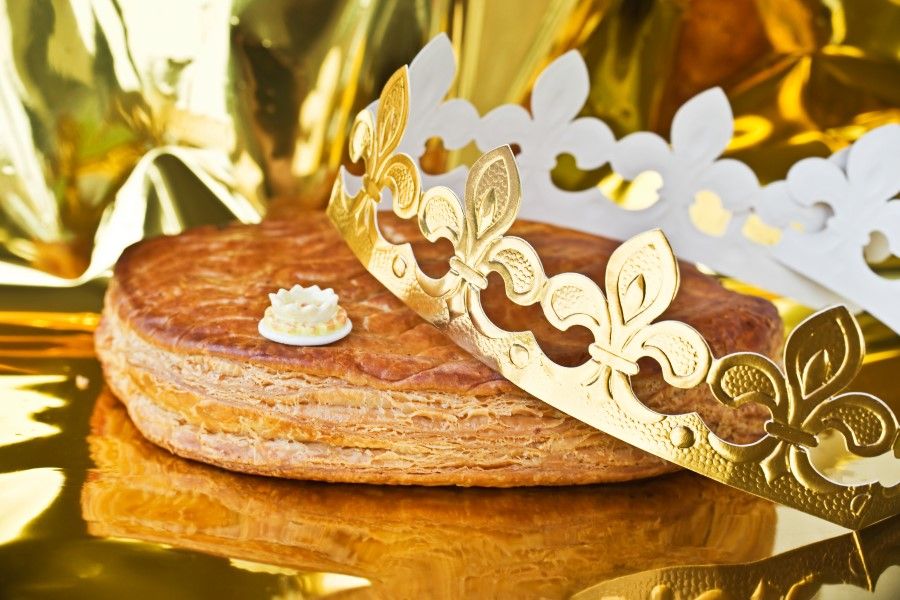
These two seasonal bakes are complicated; what I like to make myself is the easier German stollen. It is sweetish, with a texture something between bread and the English scone, full of dried fruits soaked in alcohol. When it comes out of the oven, glaze with some melted butter, cool, and wrap it up and leave it to mature for a few days in a cold, dry environment so that it tastes better. One loaf lasts for quite a while. I made it for Christmas a few years running, and after that, I think of it each time Santa comes to town.
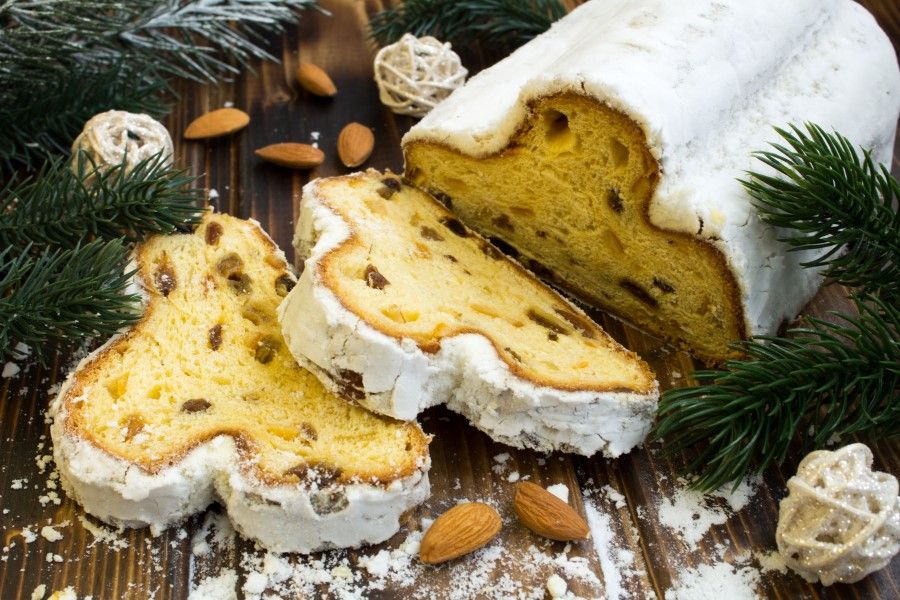
Signs of Christmas
There are signs for every season, and these may be different for each person - for me, it is the smell of bread. All the symbols of Christmas - falling snow, snowmen, reindeer - are not part of local life and can only be represented through imagery. We are happy enough with plasticky, improvised Christmas decorations. "Santa" is someone in a costume; last year, due to the pandemic, there was a shortage of people to dress up and "ho ho ho" at US malls at Christmas. That report was also the first I learned of "Santa school".

Japanese haiku includes references to seasons and festivals, the most obvious being snow, cicadas, sakura, new year money, and so on. Japanese poet Basho Matsuo set off on a 2,000-kilometre journey from Edo (currently Tokyo) to the northern interior of Japan, and the poems he wrote along the way are collected in Oku no Hosomichi (奥の細道, The Narrow Road to the Deep North or The Narrow Road to the Interior).
One of the haikus reads: "Ah, the silence, sinking into the rocks, the voice of the cicada."* It is clear what season he is referring to. Another haiku calls for a bit more understanding: "Going to Kasajima. How much of this fifth month on this muddy road?" The rainy season on Basho's journey made the muddy road unpassable, and a tired Basho had to give up his intention to visit the burial site of Lord Sanekata of the Fujiwara family in Kasajima. Also, in Japanese, kasa (笠) sounds the same as umbrella (伞), which is associated with rain. Coupled with the muddy path, we get clues about the season. And here are two more haiku, which give a feel of the season.
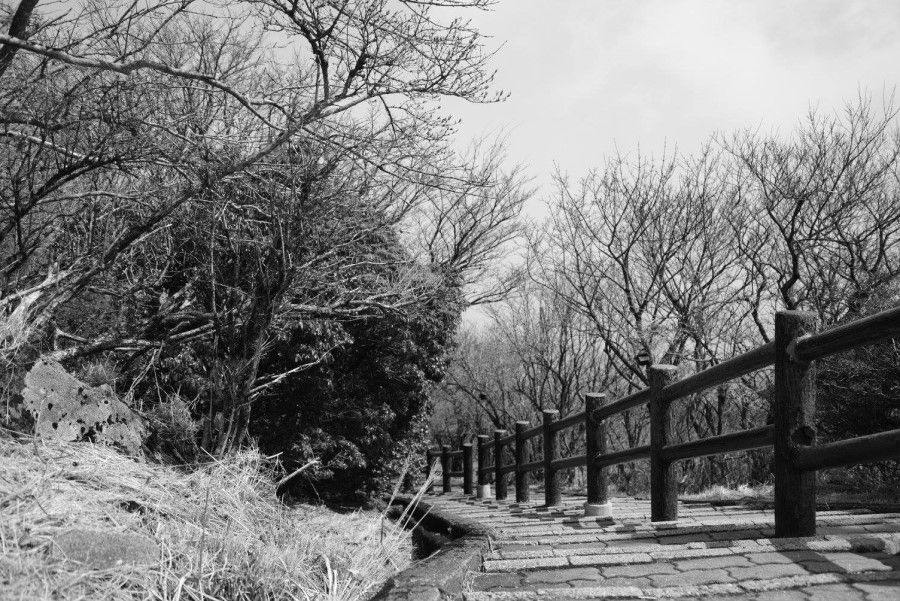
"Those tending silkworms keep their ancient appearances." (Translator's note: This is attributed to Kawai Sora, Basho's neighbour and travelling companion.)
"A cool fall night - getting dinner, we peeled eggplants, cucumbers."
Nature rings in the season
The sense is that these seasons are associated with human activities, or human observations of the changing seasons.
Of the 24 solar terms, some are based on the movement of the sun. For instance, the summer solstice is the longest day of the year in the northern hemisphere, while the autumnal equinox has equal day and night. Some mark a change of weather - the "awakening of insects" (惊蛰, jingzhe) when the thundery season begins and hibernating insects awake, "grain rain" (谷雨, guyu) when the rainy season begins and early crops show their shoots, and "limit of heat" (处暑, chushu), the end of summer.
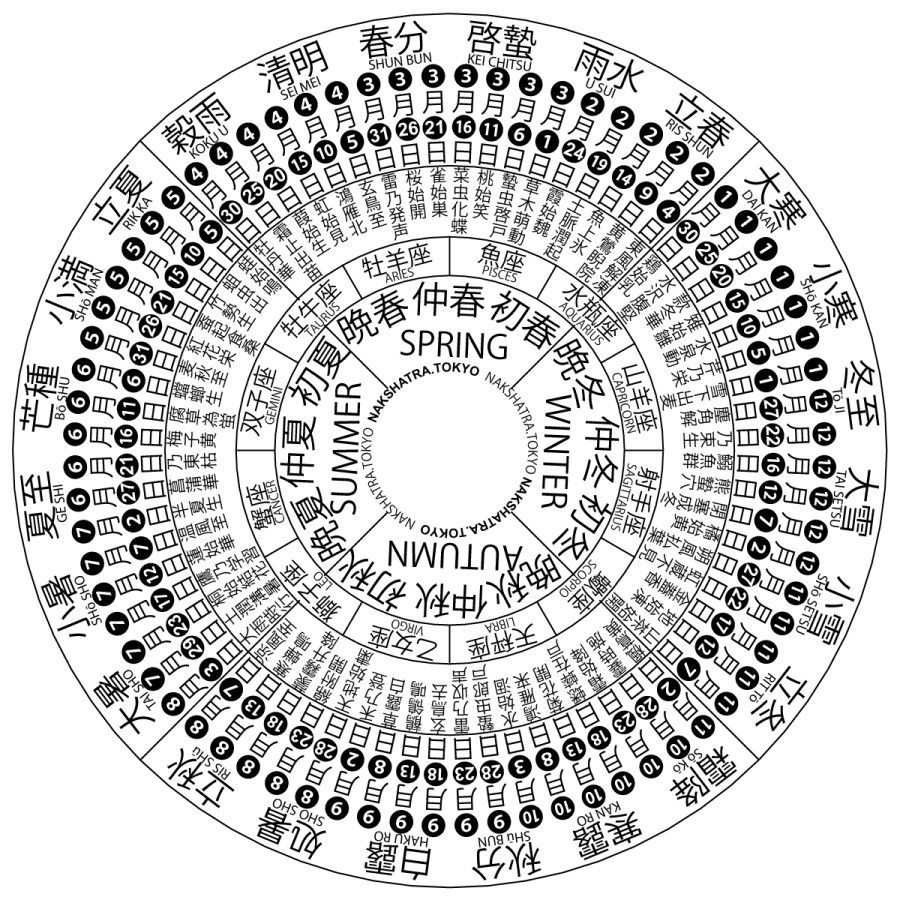
The solar terms are further divided into 72 pentads (候, hou), with three five-day pentads for each solar term. These pentads or microseasons have very pretty names: "East wind thaws the ice" (东风解冻), "First peach blossoms" (桃始华), "Warm wind arrives" (温风至), "Chrysanthemums bloom" (菊有黄华), "Grass and wood turn yellow and fall" (草木黄落), "The rainbow hides unseen" (虹藏不见), "Sky and earth begin to cool" (天地始肃).
Some names are different in the Japanese version: "Mist starts to linger" (霞始靆 Kasumi hajimete tanabiku), "Caterpillars become butterflies" (菜虫化蝶 Namushi cho to naru), "Tachibana citrus tree leaves start to turn yellow" (橘始黄 Tachibana hajimete kibamu). Equally beautiful, a record of nature and the continuity of the days.
Seasons are not only about natural cycles, but also peoples' actions.
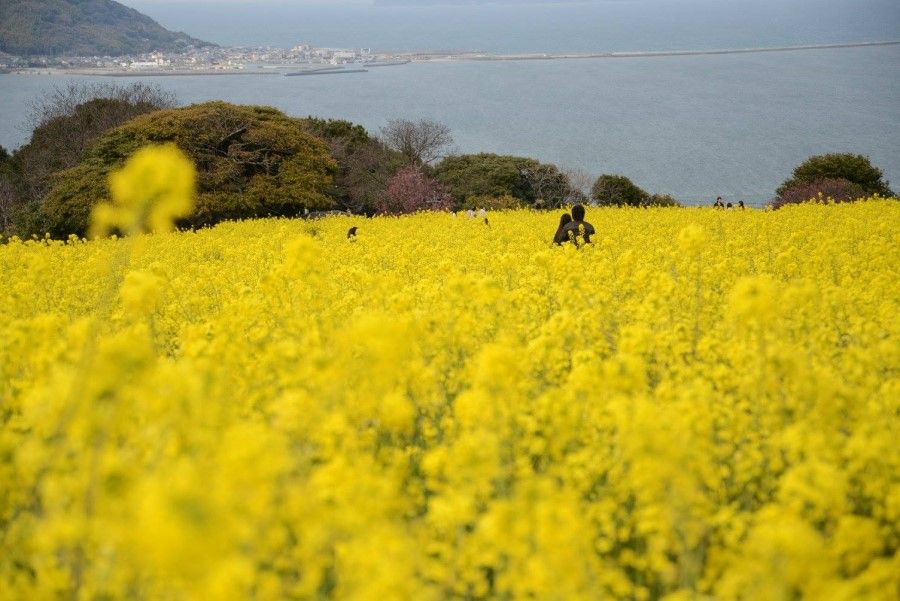
In Ketchikan, Alaska - population 10,000 - I chanced upon a bookstore, which was not surprising, as I once saw one in a much smaller town. I bought the book Collect Raindrops: The Seasons Gathered. Made up of cut-paper illustrations, it is the work of American artist Nikki McClure. Its chapters cover the four seasons, with a few illustrations on each season.
Interestingly, every piece of work revolves around the things that people do at different times of the year. For instance, in the "Winter" chapter, the piece titled "Build" shows people lugging tree trunks in their winter outfits, complete with scarves and woollen hats. "We Are Starlight" depicts three people surrounding a campfire under a starry sky; "Save Your Strength" only shows a pair of feet sticking out from beneath a quilt. As winter comes to an end, spring arrives. The "Spring" chapter, "A New Materialism" shows a tree full of flowers and a young mother hugging her child. "Rescue" shows someone with a watering can, approaching a few green leaves amidst a pool of dried branches. In "Resume", it is an egg on a pile of hay. "Sing A Lullaby" needs no description, use your imagination!
Joy under a Christmas tree
Seasons are not only about natural cycles, but also peoples' actions.
There is a poem by T.S. Eliot called The Cultivation of Christmas Trees.

To provide some context, in 1927, the London publisher Faber and Faber had a novel idea that there should be poems for Christmas as well. So, they decided to publish a series of pamphlets which could serve as Christmas cards. Several famous poets, including Thomas Hardy, D.H. Lawrence, William Butler Yeats and T.S. Eliot, were invited to write some of these Ariel poems.
The series of pamphlets was truly minimalistic, with two pieces of paper bound with simple stitches; the cover showed only the book title, names of the authors and illustrators, as well as the publisher. The verso page was no different from a normal book, with the same information as the cover. The rest of the pages were alternating between an illustration and a poem, with longer poems taking up two pages. The last page had simple explanations about copyrights while the bottom cover was blank.
Many years later, the memories of their first Christmas tree may become a great joy, with which they welcome rebirth.
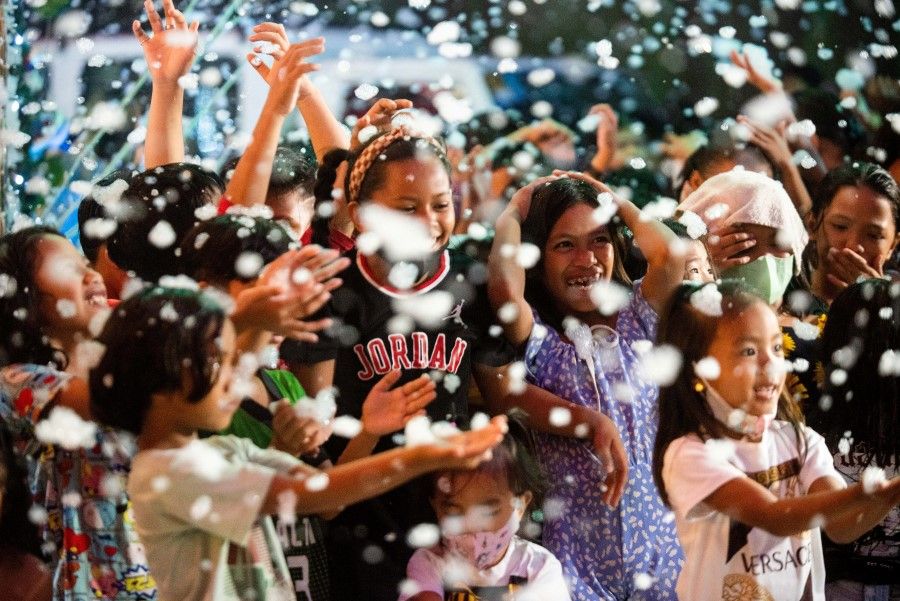
From 1929 to 1931, Eliot wrote five poems for this series. The publication of the chapbooks had come to a halt, before it resumed post-World War II, and in 1954, Eliot wrote The Cultivation of Christmas Trees for the series. In general, the poem is about how we can have different attitudes towards Christmas, be it purely social, numb, patently commercial, rowdy or child-like - which is not exclusive to children. In their eyes, the candles are bright shining stars, and the ornaments are not just ornaments, but soaring golden angels. Standing before the Christmas tree, they explore with curiosity. Let them carry on and feel the joy of surrounding the Christmas tree.
Perhaps, this happiness would not be forgotten in their routinely dull, tiring and monotonous lives in future. Many years later, the memories of their first Christmas tree may become a great joy, with which they welcome rebirth.
I like the poem's title. Everyone can cultivate their personal Christmas tree. How? Perhaps we could make a two-page pamphlet of our own.
*A translation by matsuobashohaiku.home.blog/2021/08/27/the-sound-of-cicada/
